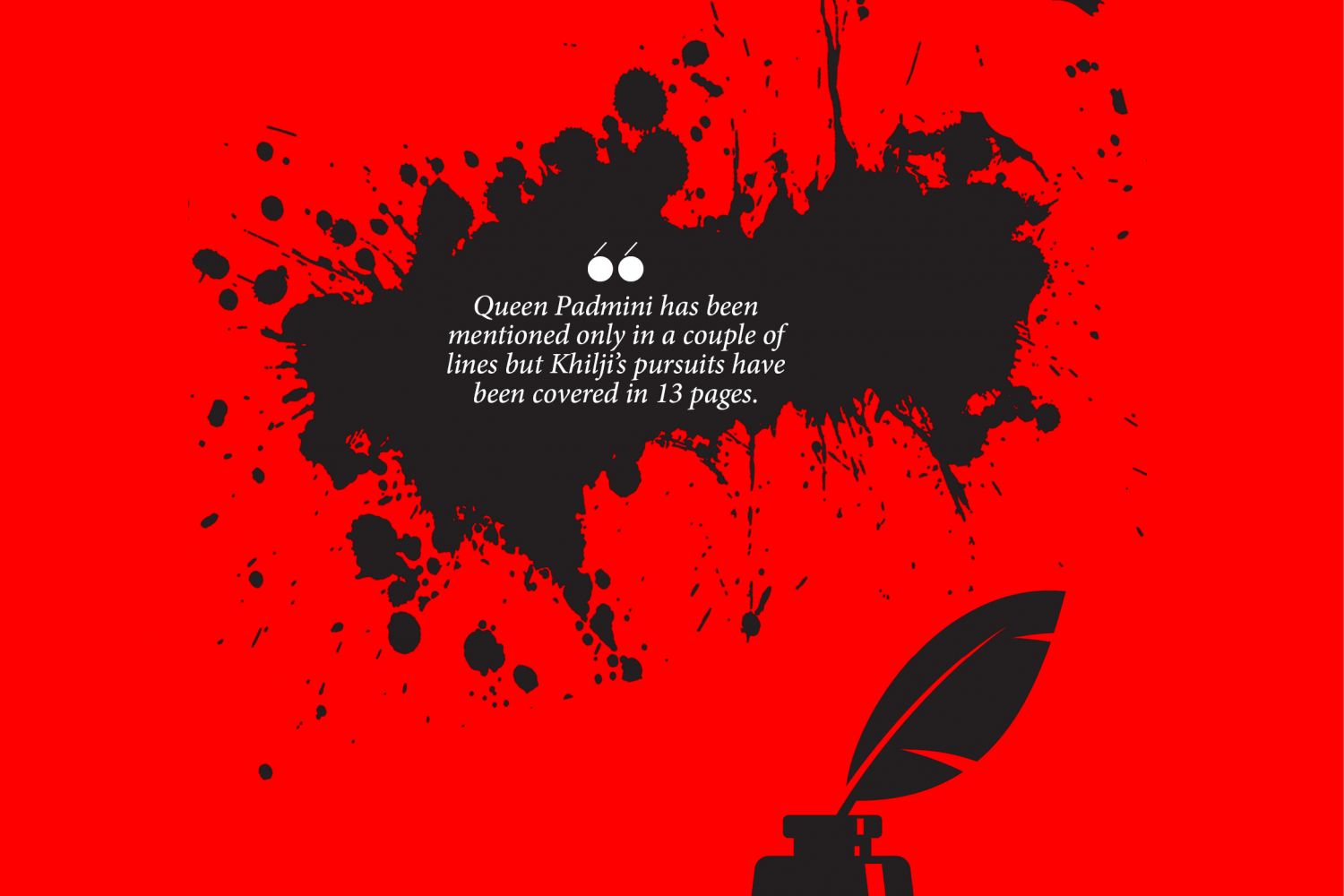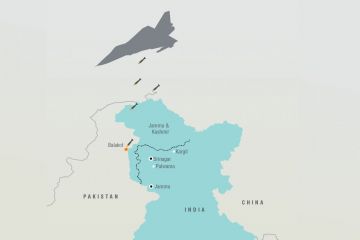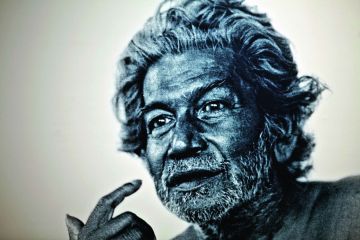
On January 28, two interesting things happened to Sanjay
Leela Bhansali’s Padmaavat in tranquil Goa, where I happened to be.
First, news came that Malaysia’s National Film Censor Board (Lembaga Penapis
Filem) had barred the film from being screened. LPF chairman Mohd Zamberi Abdul
Aziz said in a statement that the storyline itself was a matter of concern in
Malaysia, a Muslim majority country.… “[as] it touches on the sensibilities of
Islam. That in itself is of grave concern … [h





